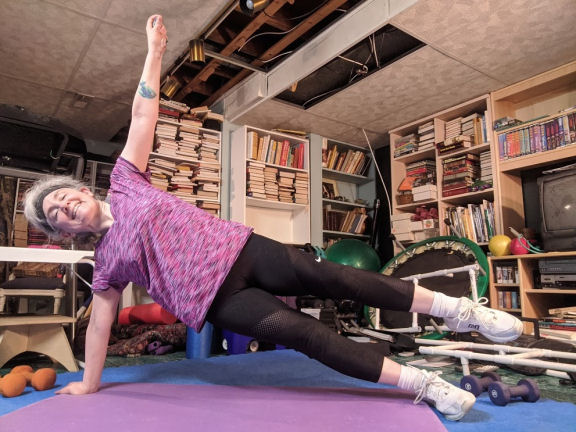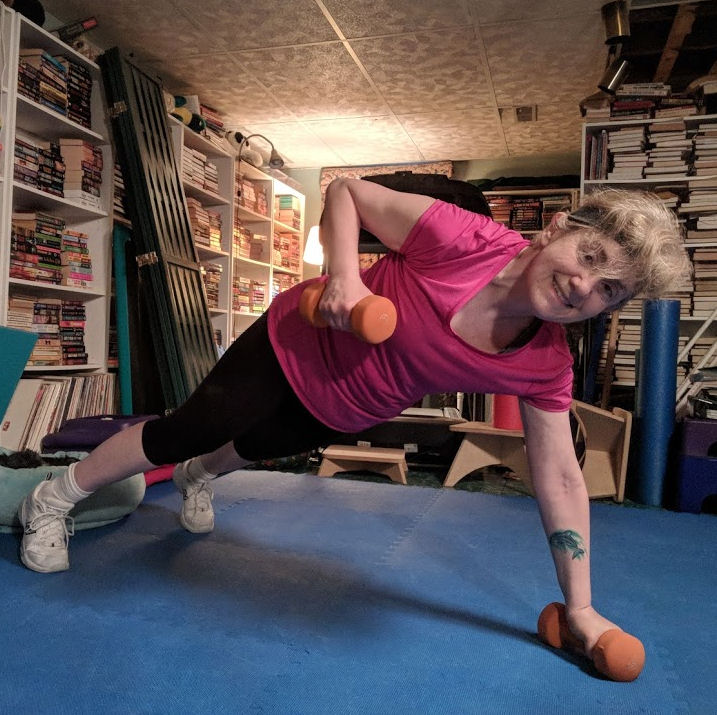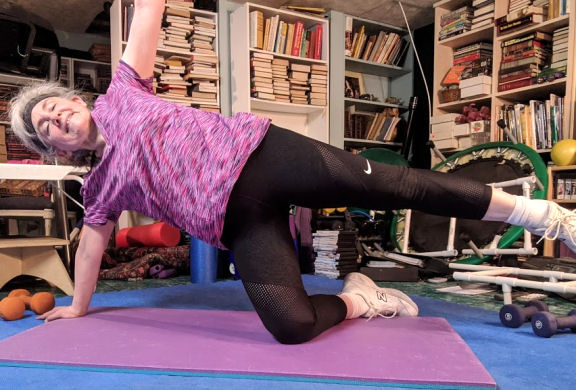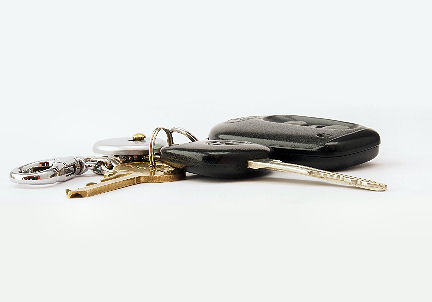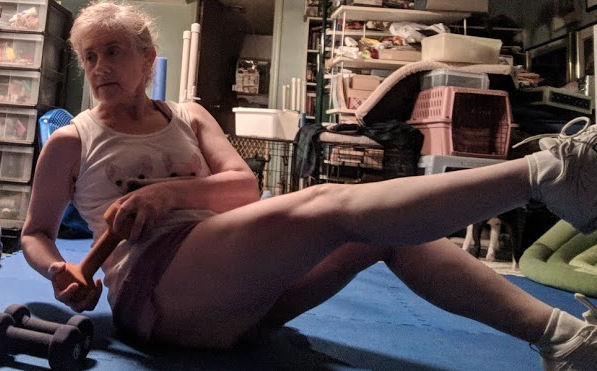Most of us don’t exercise just because we feel like it. And it’s not for a general thing like, “Exercise is good for our healthy aging.” I know that doesn’t work for me… I need a specific reason to exercise – motivation, in psychology terms. My motivation to exercise comes from inside and outside myself. I know the health reasons to exercise are many, and I also know that if I exercise I’ll burn calories and I can eat more. I also know that if I exercise I’ll fit into my pants – and I’m vain enough to not buy a larger size. We all feel internal and external (intrinsic and extrinsic) motivation for pretty much everything we do. So what’s the best motivation to exercise?
First – what is intrinsic motivation?
Have you ever been curious about something and took it upon yourself to find out more about it? Do some in-depth research just for your own gratification? For example, years ago I was curious about the best conditions for raising a particular species of orchid. So I did some research and found that the eastern-facing windows in our little sunroom had the perfect light for this species. So I got little hangers for the orchids and they just went crazy, growing and blooming every year. That’s intrinsic motivation. I was motivated by my own curiosity to find out more. There was no reward, other than the information I gleaned.
Extrinsic motivation
By contrast, then, extrinsic motivation implies that a reward will be conveyed when the task is completed. Completing a job for payment is extrinsic motivation.
What kind of motivation will keep us exercising?
To keep on exercising, it’s best to have both intrinsic and extrinsic motivation. The only way we’re going to keep doing something that’s hard, that makes us sweat and our muscles shake, is if we get something more out of it than a future potential benefit. Just because I lose a pants size 3 months from now (the reward) is not going to get me on the treadmill this afternoon. But, what will get me on the treadmill? The satisfaction of knowing that I’m doing something good for my body. Also, the fact that I know I’ll be in a much better mood when I’m done will get me pushing up the speed and the incline.
So, the best motivation to exercise is both internal and external. Think about your own reasons for exercising. Are they important? Do you feel or see a reward every time you exercise? Or is it just the knowledge that your future self will benefit? If that’s the case, try to think closer to the present. You may need to adjust your goals. You’ll keep at it longer.




